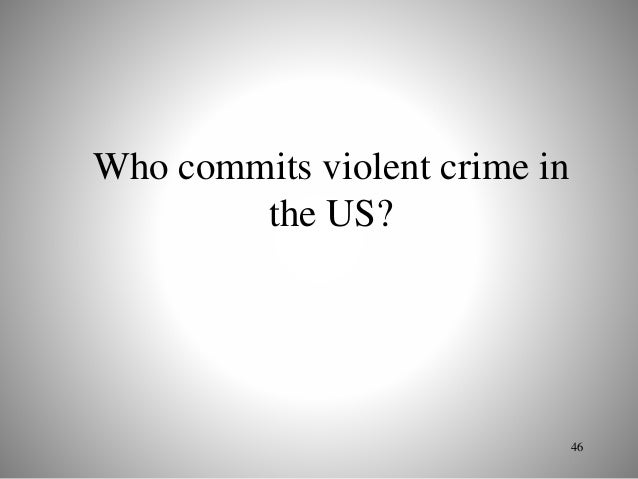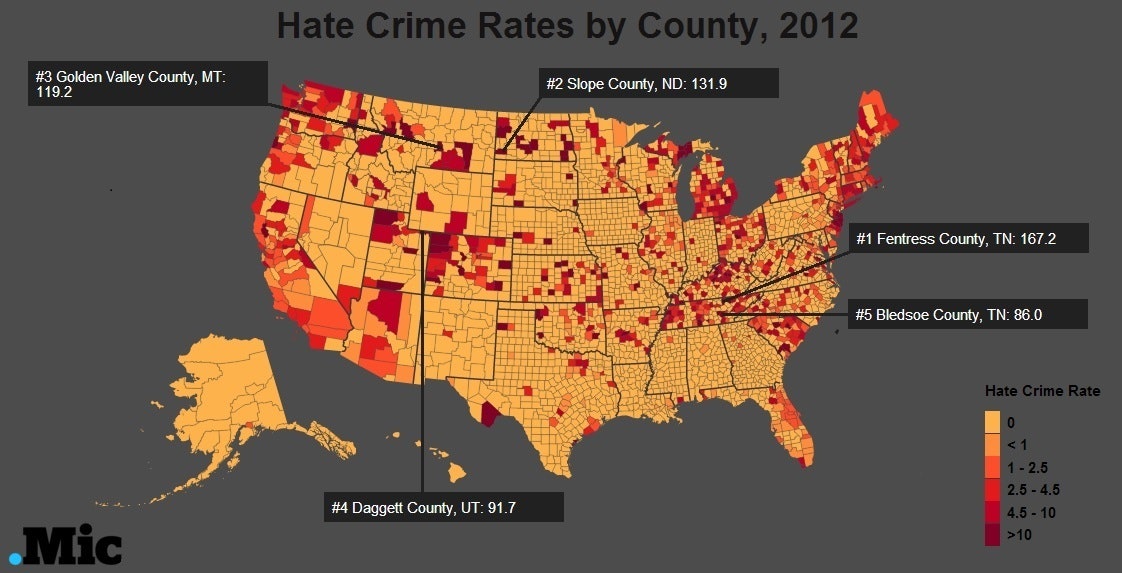

In 1989 Haley was shot in the back while at home, lying on his lounge. He was released in 1986.īrooks and Gunning were jailed for 12 and a half and 11 and half years respectively. Haley was jailed for 15 years but escaped again in 1972, later serving eight years in NSW before being extradited back to SA to finish his sentence. As recently as 2006, the couple were still living in the house from which she was abducted. She later married her boyfriend, Graham Smith, and they invited the detective to their wedding. Det Sgt Giles returned to Adelaide a hero. Monica was found alive but traumatised, 26 hours after her ordeal began. Journalists documented the entire arrest - Advertiser photographer Ray Titus won a Walkley Award for his photograph. All three were quickly arrested - one of the officers emptied his revolver of bullets and ran up to one of the men, and told him, "don't move, or you're dead". Two escapees fled the car, while the other began to brake. Det Sgt Giles returned fire with six shots, saying later he specifically aimed under the car.

This allowed the officers to set up a roadblock - when the escapees arrived, shots were fired. The press tracked kidnappers' car from the air, radioing its position to the police's car. The plane landed ahead of the escapees at Birdsville and Det Sgt Giles, with three other officers, seven journalists and two government employees, drove back along the track. The kidnappers fired shots at the plane when it flew overhead. They drove first to Semaphore and then in another stolen car towards Darwin, taking the potholed and corrugated Birdsville Track.Īdelaide journalists chartered a plane that also carried Detective Sergeant Bob "Hugger" Giles - although conflicting reports also have him in his own light aircraft. They tied up the then-21-year-old's parents and boyfriend, stole guns and food and told Ms Schiller to pack a bag with spare clothes. The three men - Terrence Haley, Raymond Gunning and Andrew Brooks broke out of the Cadell Training Centre and entered the Schiller home at Murbko, on the Upper Murray. Kidnapped by three escaped prisoners at gunpoint, and taken on a wild ride up the Birdsville Track complete with police shootout - this is cliched-movie territory, but for Monica Schiller, it was real. Verdict (at the time): Two local Aborigines hanged. In April 1841, local Aborigines told a Richard Penny the massacre came after the Maria's passengers refused to hand over clothing for guiding them back to settled land. Governor George Gawler, SA's second governor, ordered Major Thomas O'Halloran to investigate and execute those he believed responsible. Items of the victims' clothing and the Maria's logbook were found in the possession of some local tribes. The groups were murdered, reportedly by local Aborigines, with four bodies found during the next year or so in different nearby areas. None were seen again alive, with two wedding rings found on two bodies later identified as belonging to two of the passengers.

Blown off course, it foundered at Cape Jaffa on the reef and its crew and passengers reached land and began trekking back along the Coorong to Encounter Bay - being guided by local Aborigines.

In 1840, the Maria, a 136-ton ship, headed to Hobart from Port Adelaide with 25 people on board. FROM bodies in barrels, to kidnappings in the Outback and sex in the suburbs, these are some of the crimes that shook South Australia.


 0 kommentar(er)
0 kommentar(er)
